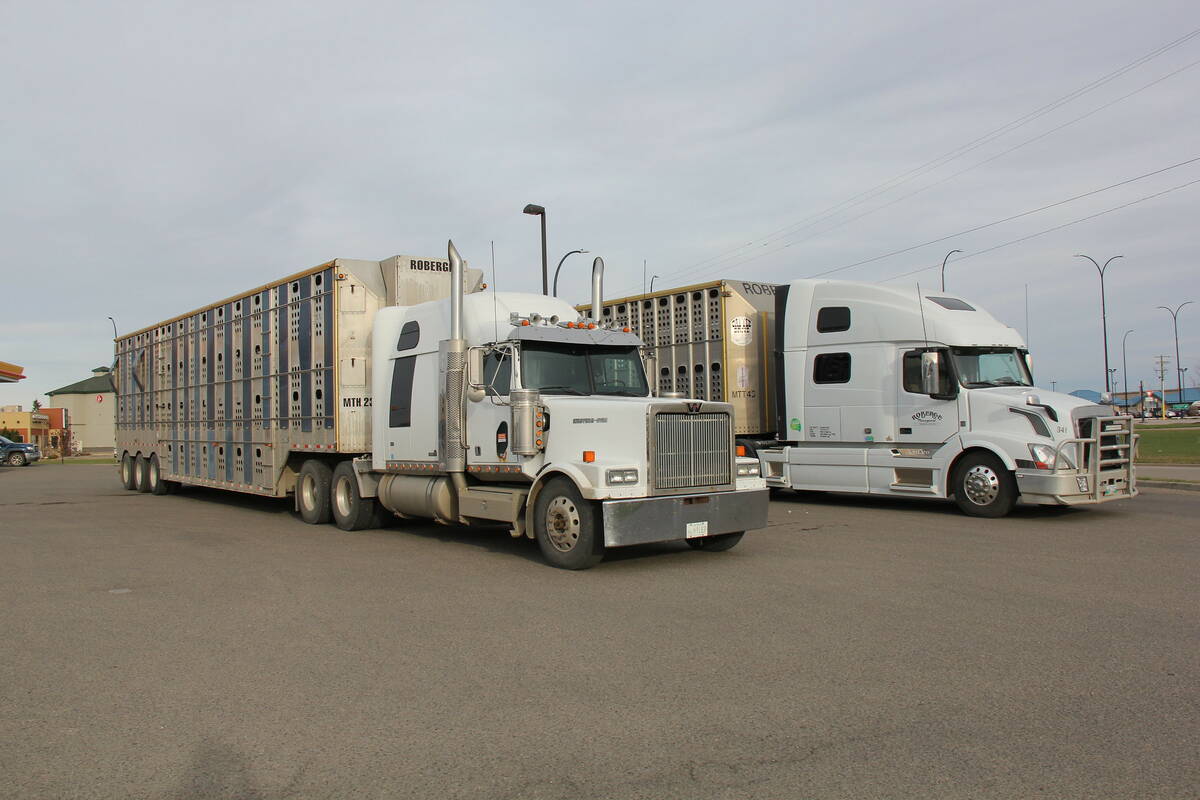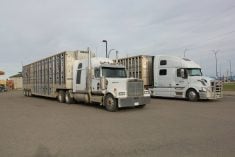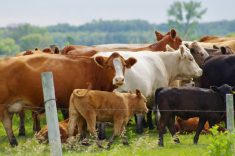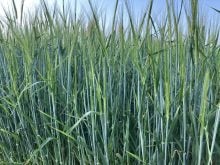Earlier this year we asked you to participate in the industry’s Canadian Cow-Calf Survey. Knowing which production practices producers are adopting in different regions of the country, which they aren’t (and why) helps us target our producer-focused extension efforts better. The official report isn’t out yet, but here’s a sneak peek at some seasonally relevant results.
What we did: 600 producers (managing 95,100 breeding females) responded to our online survey between November 2023 and March 2024. They represent three per cent of Canada’s cow herd. For reference, national consumer or voter polls typically target 1,000 to 1,500 responses (about 0.0025 per cent of 39 million Canadians).
What we learned: Low-stress weaning is becoming more popular in Central and Eastern Canada. The multiple stresses associated with weaning weaken the calf ’s immune system and make it more susceptible to bovine respiratory disease (BRD). Low-stress (e.g two-stage, fenceline or natural) weaned calves spend less time walking and bawling, and more time resting and eating than abruptly weaned calves (a.k.a. “weaning onto the truck”). This helps reduce the risk of BRD.
Read Also

Research shows rest stops of no benefit to feeder calves during long hauls
Three Canadian transport trials showed that providing a rest stop during long-distance transport provided no clear or consistent benefits for the health or welfare of feeder calves.
The 2023-24 survey indicated that low-stress weaning was becoming more common in Eastern Canada (55 to 58 per cent of producers, depending on the region, compared to 33 to 46 per cent in the 2017 Atlantic and Ontario Cow-Calf Surveys). Low-stress weaning changed less in Western Canada (44 to 54 per cent of producers in 2023-24, depending on the province, compared to 51 per cent in the 2017 Western Canadian Cow- Calf Survey). Time, labour, facilities, logistics, convenience and lack of economic incentives are the major barriers to adopting low-stress weaning.
Pregnancy checking remains stable. Pregnancy testing and culling open cows can help manage winter feed supplies and costs. Similar numbers of western Canadian producers pregnancy checked their cows (50 to 70 per cent versus 62 per cent in 2017) and heifers (56 to 76 per cent versus 71 per cent in 2017) despite drought, feed shortages and high hay prices. Pregnancy checking also remained stable in Central and Eastern Canada for both cows (50 to 55 per cent of producers versus 49 to 66 per cent in 2017) and heifers (55 to 59 per cent of producers versus 47 to 64 in 2017). A third of producers who did not pregnancy check felt they were able to visually identify open females. A quarter didn’t see the value in pregnancy checking because they sold their open cows in spring when prices are generally higher. This can be a viable strategy when winter feed supplies and market conditions work in your favour.
More producers are body condition scoring. Body condition score is one of the simplest and most accurate predictors of cow health and rebreeding performance. In the most recent survey, 69 to 82 per cent of Western Canadian producers reported visually evaluating body condition score, up from 64 per cent in 2017. Adoption increased markedly in Central and Eastern Canada (67 to 71 per cent of producers, up from 23 to 50 per cent in 2017). Hands-on body condition scoring remained much lower in both Western (five to 19 per cent of producers, versus 13 per cent in 2017) and Eastern Canada (13 to 21 per cent versus zero to 26 per cent in 2017). The accuracy of visual body condition scoring goes down as your distance from the cow or the depth of the haircoat increase. If she’s already in the chute to vaccinate or preg-check, why not reach through and feel what’s really there?
More producers are using body condition scoring to manage their cows accordingly. Feeding thin, older cows and young growing heifers separately from mature cows in good body condition score is a simple way to help them get through the winter in optimal condition. The most recent survey said that 75 to 84 per cent of Western producers used body condition scoring in their cow management decisions (versus 73 per cent in 2017). Adoption among Eastern producers doubled (60 to 70 per cent versus 33 per cent in 2017).
More producers are feed testing. Feed testing tells you what the nutrient levels are in the feed you’ve got. More producers in both Western (68 to 79 per cent versus 60 per cent in 2017) and Central and Eastern Canada (50 to 54 per cent versus 25 to 34 per cent in 2017) report having tested their feed at least peri- odically (though not necessarily every year or multiple times throughout the year).
More Central and Eastern Canadian producers are using their feed test results to develop rations. Feed test results are only valuable if they are used to ensure your cattle get the nutrition they need to grow, (re)breed, get pregnant, successfully maintain a pregnancy, and deliver and wean a healthy calf. In Western Canada, 84 to 98 per cent of producers used their feed test results to develop rations (similar to 2017’s 95 per cent). But 76 to 86 per cent of Central and Eastern Canadian producers did so (versus 29 to 79 per cent in 2017).
Bottom line: Success often comes from doing the right small things, and from doing the small things right. Your Canadian Beef Cattle Check-Off funds help us develop science-based tools to help you evaluate whether a particular production practice (such as the ones listed above) makes economic sense for your operation.
So what does this mean to you? You don’t control the price of feed and you don’t control the price of calves, but you do control the management decisions you make. Visit the BCRC website if you’d like more information on any of the topics discussed above.
The Beef Cattle Research Council is a not-for-profit industry organization funded by the Canadian Beef Cattle Check-Off. The BCRC partners with Agriculture and Agri-Food Canada, provincial beef industry groups and governments to advance research and technology transfer supporting the Canadian beef industry’s vision to be recognized as a preferred supplier of healthy, high-quality beef, cattle and genetics. Learn more about the BCRC at beefresearch.ca.

















